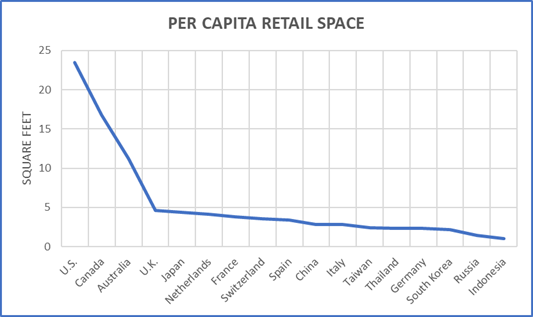This morning’s Wisconsin State Journal carried an article about the shortage of a critical item for medical care—rubber gloves. We read this morning that Malaysia is the source of approximately 75 percent of the world’s supply of medical gloves. Unfortunately, we also learned that Malaysia has a long history of abusing migrant workers engaged in manufacturing such gloves—while laboring under quite brutal conditions. The Malaysian government recently ordered all factories to close, and then to apply for an exemption to re-open. The details need not concern us here.
What is surprising to learn, I suspect, is why does Malaysia control three-fourths of the world’s manufacture and distribution of essential medical equipment?
The answer is found in one word—globalization. It is easy to imagine a time, perhaps in the 1980s, when rubber gloves were manufactured by a broad array of companies scattered across America. Indeed, each country would have had, in all likelihood, its own small industry making such gloves. After all, rubber gloves are useful for painters, health-care workers, and those who clean hospitals, hotels, and even homes. But globalization opened up the entire world to the manufacture of such products. Since labor costs in Malaysia are in the range of $2.00 per hour, and probably less for the workers under consideration, it makes economic sense to shift most glove manufacturing “off shore.” Gloves are exceedingly light, and thus transportation costs are very low. The economic theory of “comparative advantage” that underpins global trade is clear that it is better (more efficient) to let Malaysians (and their immigrants) make rubber gloves, while here in the US we will grow soybeans (or produce computer software) and then engage in trade. Both sides gain—we get rubber gloves far cheaper than if they were made here, while the Malaysians can get something of value to them that would otherwise be expensive (perhaps soy sauce).
Globalization is wonderful—until it isn’t.
Dr. Daniel Bromley can be contact at dbromley@wisc.edu.




